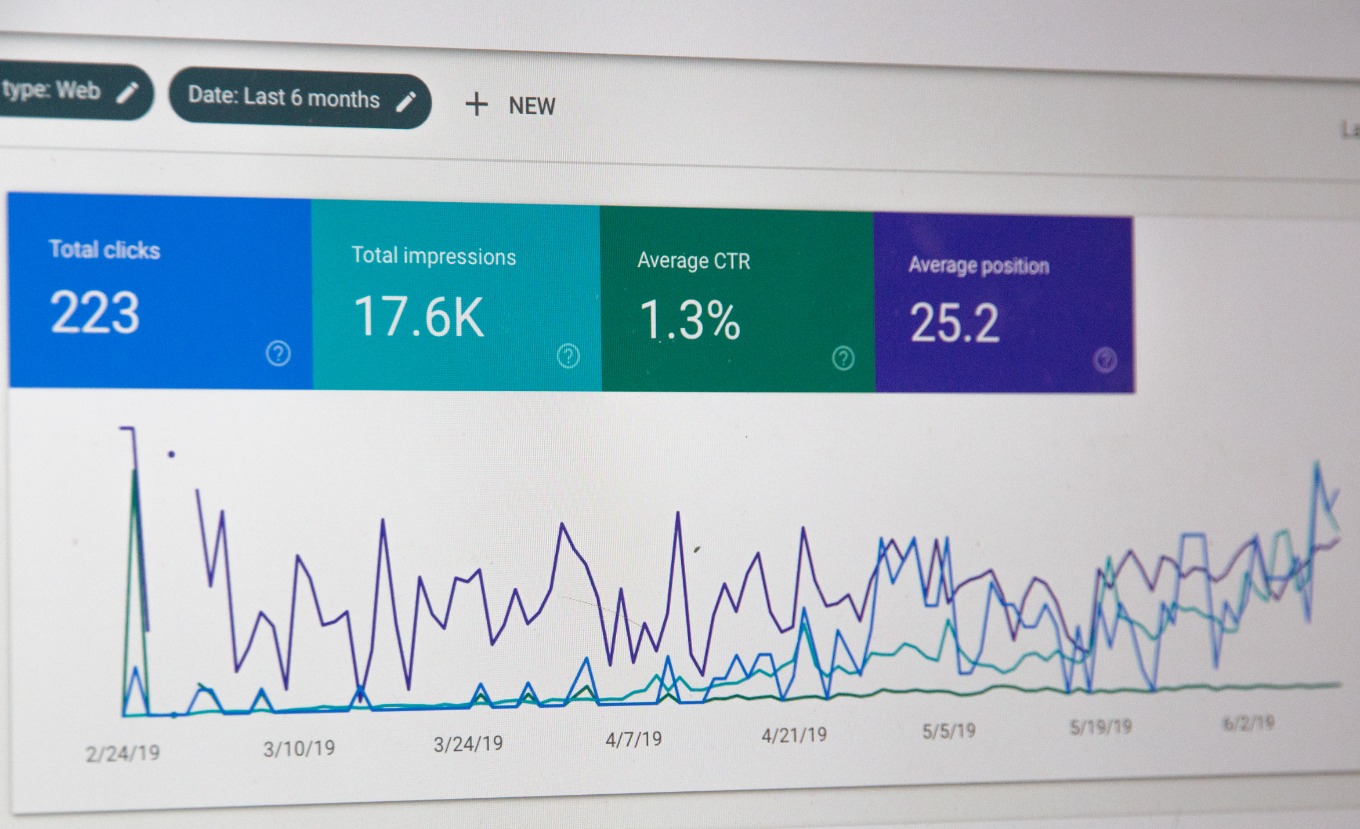How to Create a Budget for Hiring Through Nanny Placement Agencies
Creating a financial plan for hiring through Nanny Placement Agencies is an intricate but essential task that necessitates a deep understanding of various economic and statistical factors. It requires an analytical approach, a keen sense of foresight combined with an understanding of market trends, and, importantly, a grasp of the nuances of the nanny hiring industry.
To begin with, let's delve into the core understanding of a Nanny Placement Agency. Fundamentally, it serves as an intermediary between families seeking childcare services and professional caregivers. The primary benefit here lies in the agency’s ability to streamline the hiring process through their comprehensive pre-screening of candidates, thus ensuring a high-quality match for families. However, this convenience comes at a cost, and it's pertinent to plan your budget accordingly.
Firstly, defining the scope of services required is paramount. The range of services offered by nannies can be vast – from basic childcare to additional responsibilities such as cooking, cleaning, tutoring, or even specialized care for children with special needs. The cost of hiring a nanny correlates with the extent, complexity, and specificity of services needed. The law of supply and demand, a fundamental principle in Economics, can be seen at play here. As the demands increase in complexity or specialization, so does the associated cost.
Once the scope of services required has been defined, we move on to understanding the market rates. A comprehensive understanding of the prevailing market rates aids in creating a clear expectation of the financial commitment involved. Nanny Placement Agencies often charge both an upfront fee and a percentage of the nanny's gross annual income. These rates can fluctuate based on the geographical location, extent of services, and the agency's reputation. Statistical studies and historical data can provide insights into these rates and aid in forecasting future trends, thus providing a more accurate estimate.
One must also account for the nanny’s salary, which forms the recurring cost and the largest segment of the budget. The prevailing wage rate for nannies varies based on geographical location, the nanny's experience, and the scope of services. A well-researched understanding of the median wage in your specific location, combined with an analysis of the nanny's qualifications and the job requirements, will provide a solid foundation for negotiating a fair wage.
While planning the budget, it is also crucial to factor in the legal obligations involved in hiring a nanny. This often includes payroll taxes, worker's compensation, and potentially health insurance or other benefits. Understanding these obligations requires a good grasp of employment law and tax regulations in your specific region. Non-compliance can result in financial penalties, making it a significant factor in budgeting.
Another important aspect to consider is the potential for unexpected expenses. This could range from overtime pay for the nanny to contingency plans for situations where the nanny is unable to work. A pragmatic approach would be to set aside a contingency fund, often recommended to be around 20% of the total budget.
Lastly, it's important to evaluate the cost versus benefit trade-off. While hiring through a Nanny Placement Agency might incur a higher initial cost, the benefits of pre-screened, high-quality candidates and a streamlined hiring process often outweigh these costs.
In conclusion, budgeting for a nanny involves a multifaceted understanding of various factors including economics, statistics, employment law, and a keen understanding of the childcare industry. It requires meticulous planning, a keen eye for detail, and the ability to make informed projections about future trends. This budgeting process, while complex, is essential to ensuring a smooth, financially viable hiring experience.
["In conclusion, budgeting for a nanny involves a multifaceted understanding of various factors including economics, statistics, employment law, and a keen understanding of the childcare industry."]






